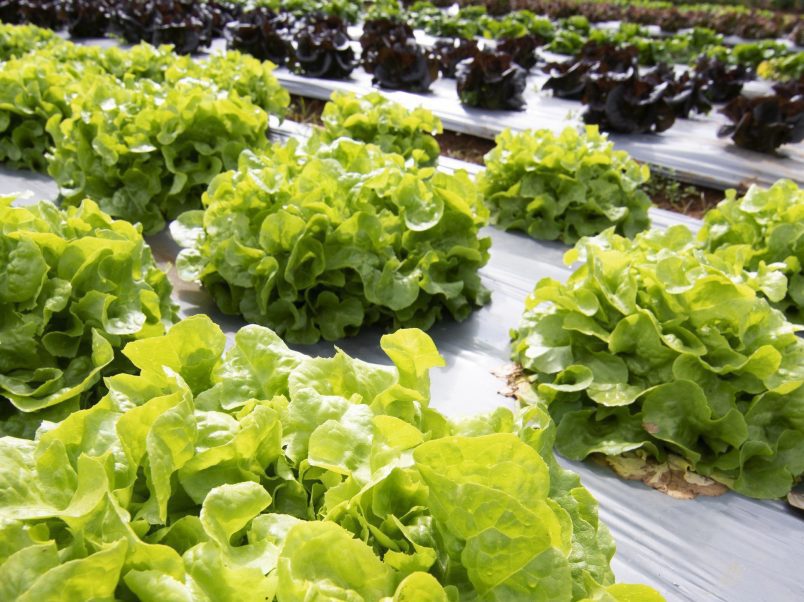Plant-Based Bioplastic Production System
Geoscience
This eco-innovative technology utilizes engineered microbes and plant enzymes to transform cellulose and lignin from agricultural residues into bioplastics. The process produces durable, biodegradable
The eco-innovative technology leverages genetically engineered microorganisms and plant-derived enzymes to convert cellulose and lignin from agricultural residues into bioplastics. This process begins with the collection and preprocessing of agricultural residues, which are then subjected to enzymatic hydrolysis. Specifically, plant enzymes such as cellulase and ligninase are used to break down the complex structures of cellulose and lignin into simpler sugars and organic compounds.The resulting hydrolysate is then inoculated with engineered microbes, such as bacteria or fungi, that have been genetically modified to produce bioplastic precursors. These microbes ferment the sugars and organic compounds, converting them into monomers such as lactic acid, succinic acid, or 3-hydroxybutyrate. These monomers are then polymerized into bioplastics, such as polylactic acid (PLA), polyhydroxyalkanoates (PHA), or polybutylene succinate (PBS).The bioplastics produced through this process exhibit excellent durability and biodegradability. They can be tailored to have specific properties, such as tensile strength, flexibility, and thermal stability, making them suitable for a wide range of applications, from packaging and textiles to biomedical devices and agricultural films. Moreover, the use of agricultural residues as feedstocks reduces waste and greenhouse gas emissions associated with traditional plastics production.The biodegradability of these bioplastics is a significant advantage, as they can be composted or biodegraded in various environments, minimizing the environmental impacts associated with traditional plastics. Furthermore, the technology has the potential to be scaled up and integrated into existing industrial processes, making it a promising solution for reducing plastic waste and promoting sustainable development.
Packaging industry: The biodegradable bioplastics produced can replace traditional plastics in packaging materials, reducing plastic waste and environmental pollution.
Agricultural sector: The technology can utilize agricultural residues, reducing waste and providing a new revenue stream for farmers.
Medical industry: The durable and biodegradable nature of the bioplastics makes them suitable for medical applications, such as sutures, implants, and wound dressings.
Textile industry: The bioplastics can be used to produce sustainable textiles, such as clothing, carpets, and upholstery.
Compostable products: The bioplastics can be composted, reducing the amount of waste sent to landfills and creating nutrient-rich soil.
Biodegradable cutlery and tableware: The bioplastics can be used to produce eco-friendly cutlery, plates, and bowls, reducing single-use plastic waste.
Construction industry: The bioplastics can be used as a sustainable alternative to traditional building materials, such as insulation, roofing, and flooring.
Automotive industry: The bioplastics can be used to produce lightweight, biodegradable car parts, reducing vehicle weight and environmental impact.

World Economic Forum
Proposal
View Patent
